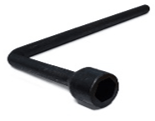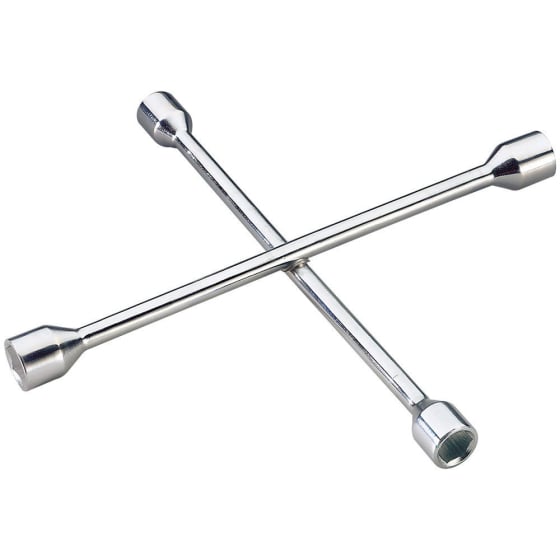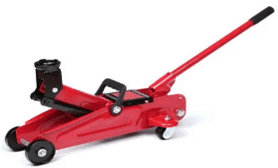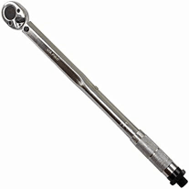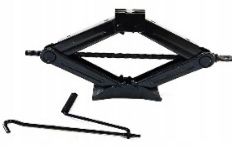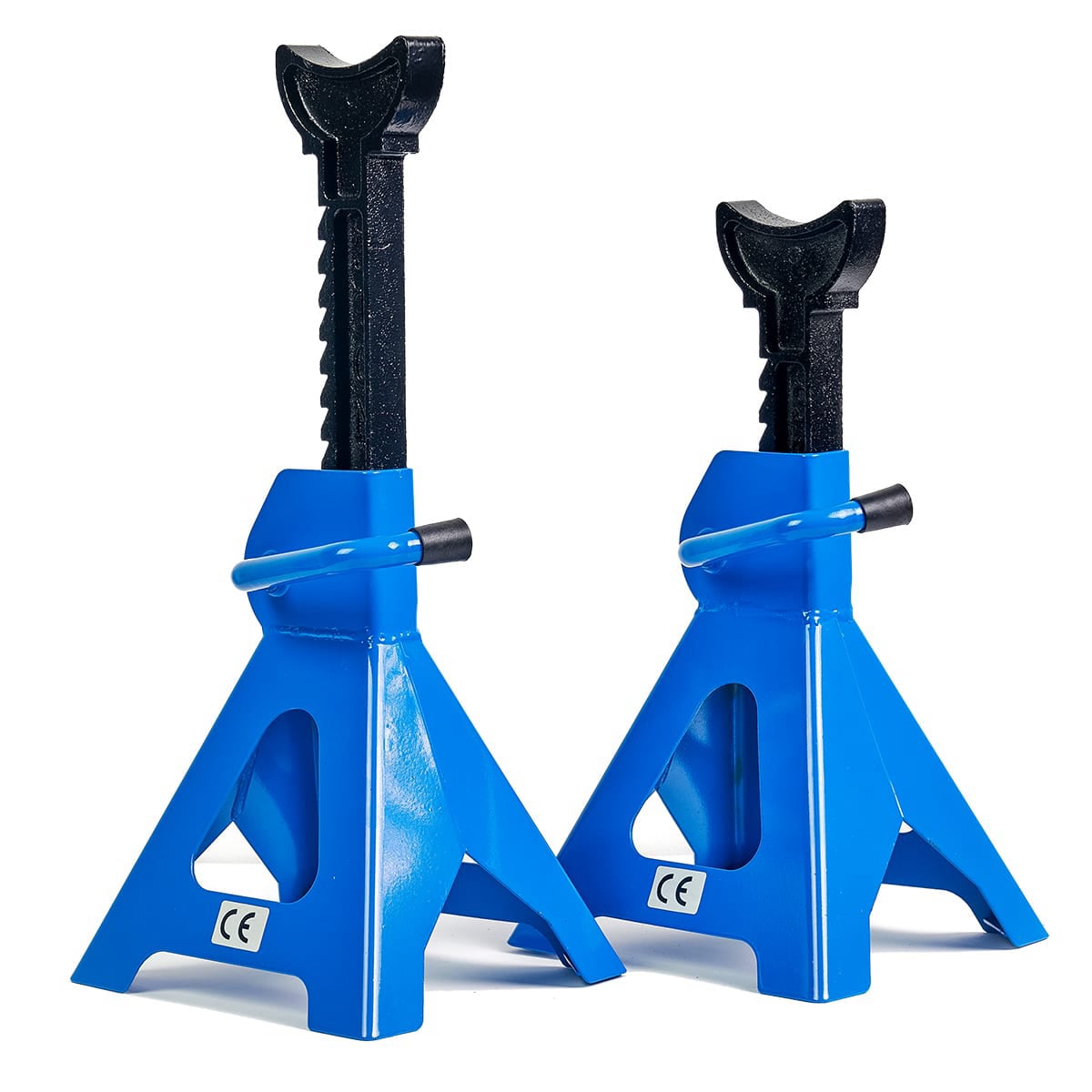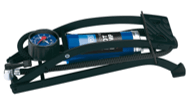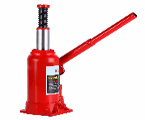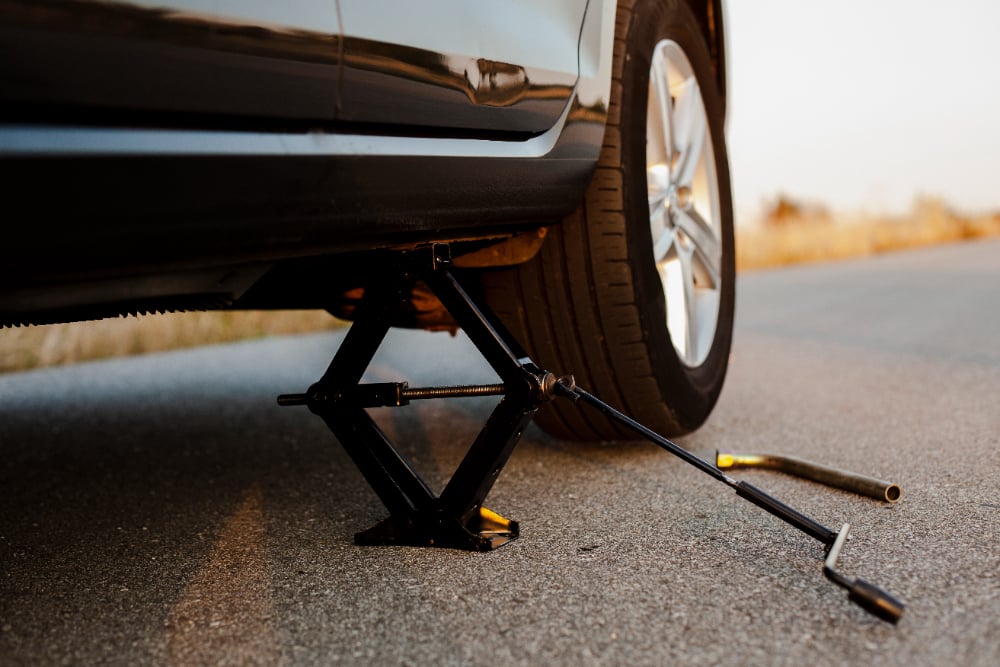The process to change a wheel
1. Ensure you vehicle is on a flat surface.
2. Secure the vehicle by engaging the parking brake, select a forward or revers gear, and if available, chock the wheels that are not going to be changed. This is to ensure that the car will not move once it is lifted on the car jack.
3. Loosen the wheel nuts/bolts just a small amount while the car is still on the ground as they will be tight to undo and you don't want to exert lots of pressure on the nuts/bolts while the car is in the air.
4. Find the location point for your car jack. This can be found in your owners manual. Also ensure that the jack you are using is capable of supporting the weight of you car.
5. once you have found your lifting point for the car and placed your jack in position, begin raising the car until the tyre has a gap of approximately 10mm off the ground. The car does not need to be too high, but high enough that you can remove the wheel and place the replacement wheel onto the hub. Obviously if your tyre is flat, you will need to raise the jack higher when you come to change the wheel as a fully pressurised tyre will need more space to get the wheel on then one that is deflated.
6. Once you have the wheel high enough to remove it, undo the wheel nuts/bolts fully and remove the wheel from the hub.
7. Most wheels will just fall off as soon as all the wheel nuts/bolts have been removed, but on occasion, some wheels may be so tight fitting to the hub that they will need a little persuasion with a hammer to knock them off the hub.
8. Once the wheel is off, locate the replacement wheel onto the hub / wheel studs and replace the wheel nuts/bolts.
9. Tighten the wheel nuts/bolts as much as you can so that there is no movement from the wheel. You are not tightening them up to their torques setting at this stage as the extra pressure required to fully tighten them could cause the car to fall off the jack.
10. Once all the wheel nuts/bolts have been replace and tightened, lower the jack to the floor and then with a torque wrench tighten all the wheel nuts/bolts to the recommended torque settings as per your manufacturers guide in the owners manual.
11. Ensure you check the tyre pressure is correct for the position it is now in as front and rear tyres can have different tyre pressure set for them.
12. Tidy up, and you're on your way.
As with any repair to your vehicle, if you are not confident in carrying out the work, contact a professional and have them carry out the work for you.
Carrying out work that you are not confident with could put you, your vehicle and others at risk.
